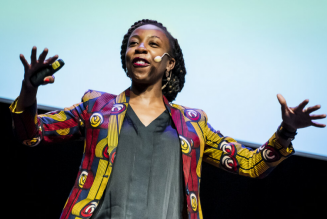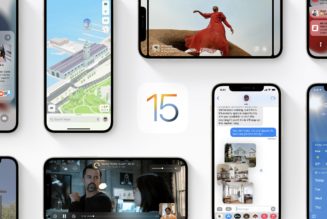Digital innovations are transforming every aspect of life on the African continent, from healthcare to agriculture; education to transit and logistics; from finance and commerce to media and entertainment.
As Africa’s trailblazing fintech solutions have already proven, there’s limitless potential to solve intractable socio-economic problems; to leapfrog costly infrastructural development, and start providing services and products to non-consumers. All of this depends on connectivity.
Mobile Connectivity in Africa
According to the International Finance Corporation (IFC) of the World Bank more than 520 million Africans were connected to the internet by 2021, that’s 40% of all Africans, considerably less than global standards.
Across the vastness of this diverse continent, all things are also not equal. Statista reported in January this year that Morocco enjoys the highest internet penetration with 84.1% of its population connected, while at the other end of the scale just 7.1% of people in the Central African Republic can access the internet.
Only two Sub-Saharan countries feature in the top five countries – Seychelles with a 79% penetration, and South Africa with 68.2% of its population connected. What is striking, however, is that in 2021, over 60% of South Africans accessed the internet using mobile devices.
“Considering the affordability and accessibility of mobile devices, this is not surprising,” says Kegan Peffer, CEO of tech start-up, Adoozy Power, a provider of contactless power bank rental solutions in Africa.
“However, we also have to consider that mobile is leading the way due to the ever-increasing need for consumers to connect, work and transact on the go,” he adds.
“Mobile technologies have the most critical role to play in connecting the unconnected. On a continent where 77% of the population is under thirty-five years of age, the needs and preferences of the digital-native generations, who cannot be separated from their phones, will ensure the ongoing dominance of mobile internet penetration.”
Connecting the Unconnected
Connecting the unconnected is the charter of the Wireless Broadband Alliance which celebrates World Wi-Fi Day on 20 June 2022.
This worldwide initiative brings together countries and cities, government agencies, and Big Tech, as well as fixed and mobile operators and technology solutions providers to address the digital divide, increase access to affordable internet and provide a robust digital ecosystem to support connected governments, businesses, and consumers.
“World Wi-Fi Day reminds us of the transformative power of digital and the way it shapes modern work and play. Our lives are on-the-go – students sit in the public park and participate in their ‘university tutorials; we consult our telehealth practitioner en route to a business meeting; we increasingly shop online from anywhere, consume media while we are out and about, and make bookings at any time that works for us,” Peffer says.
The World Economic Forum estimates that urban populations in Africa could triple by 2050.
As the youngest region of the world, connecting the unconnected is imperative to unlock the incredible potential of the continent.
“The future is bright for Africa as government, NGOs, and private and public organisations race to close the digital divide and keep Africans connected,” concludes Peffer.
Edited by Luis Monzon
Follow Luis Monzon on Twitter
Follow IT News Africa on Twitter











Tagged: Adoozy Power, Adoozy Power CEO, Digital Transformation, Digital Transformation Africa, Digital Transformation News, FEATURES, fintech news, Fintech News Africa, IT News, Mobile Phone Africa, Mobile Phone Penetration Africa, Mobile Phone Penetration SA, Mobile Phone SA, tech news, technology news, Wireless Broadband Alliance, World Wi-Fi Day